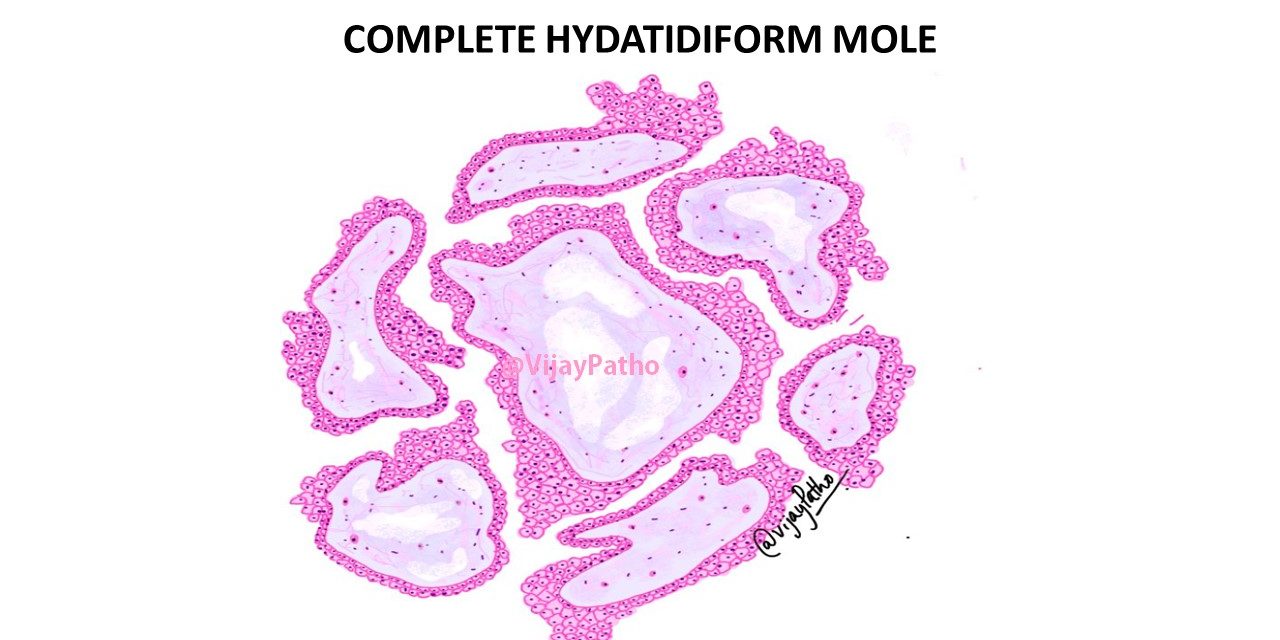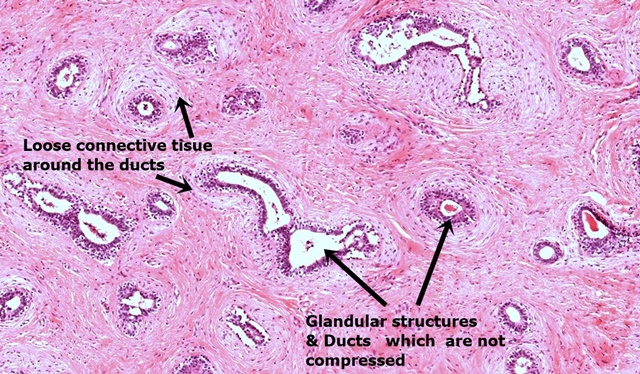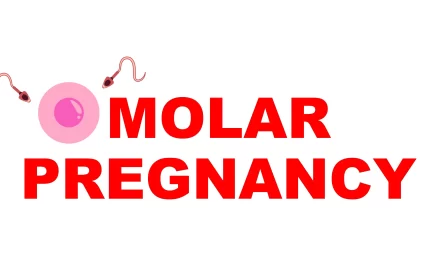Hydatidiform mole
It is a type of gestational trophoblastic disease
Hydatidiform mole is a benign gestational trophoblastic disease which is a mass of swollen, cystically dilated, chorionic villi, which appear grossly as grapelike structures.
There are two types of Hydatidiform mole
1. Complete hydatidiform mole
2. Partial hydatidiform mole
Complete mole: the genetic material is completely paternally derived with complete absence of maternal chromosome. This results from fertilization of an egg that has lost its chromosomes, either by one or two sperms.
This type of mole is associated with increased risk for choriocarcinoma.
Partial mole: here the fetal parts are often present. This type of mole results from fertilization of one ovum with two sperms. Hence the karyotype can be triploid or rarely tetraploid.
This type of mole is NOT associated with increased risk for choriocarcinoma unlike complete moles.
Morphology of complete mole:
Gross : Placenta is swollen with edematous chorionic villi. These edematous villi are referred to as hydropic villi. They appear as thin cystically dilated structures, which appears like “ bunch of grapes”

Microscopy:
The villi are enlarged and edematous and are referred to as Hydropic villi. These villi lack blood vessels in the core. Often cavities are seen which are fluid filled spaces. These are also referred to as cisterns 0r cisternae.
Variable trophoblastic proliferation is evident. The variability is observed within the villi. However, the usual feature is diffuse proliferation of trophoblast/ trophoblastic hyperplasia composed of cyto, syncitio and intermediate trophoblast.
Note: Complete mole is associated with increased risk for choriocarcinoma.






